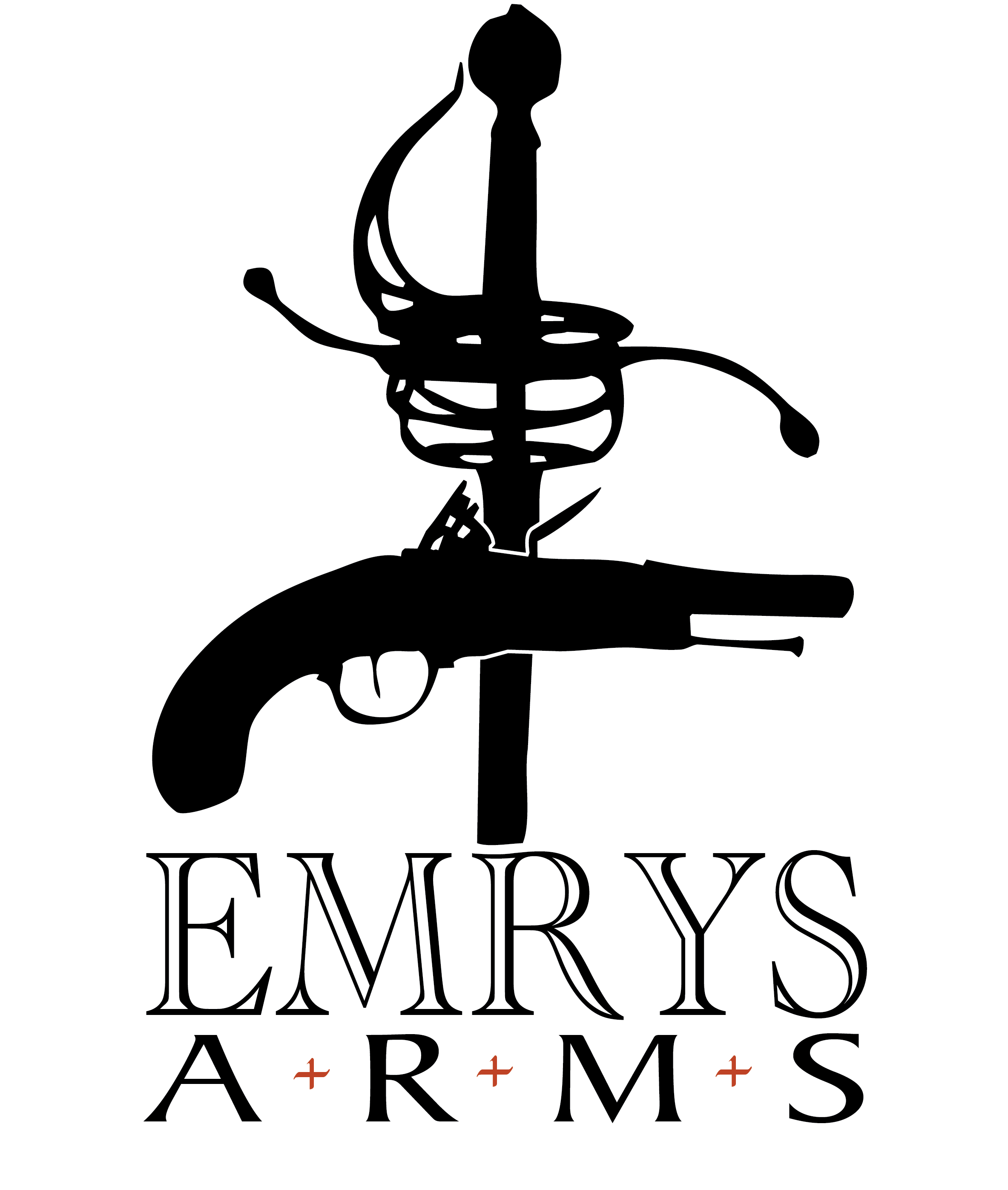You might be tempted to think creating an exhibit is easy. You take the collection, you attach it to a wall and write up some descriptions. But there is a lot that goes into creating an exhibit.
You first need a space with suitable conditions. How secure is the space (it is your collection after all and you will not always be there), what are the environmental conditions (is it really damp or exposed to any elements).
When you are satisfied with the location, you may then need to clear the space. Then the measuring begins. If you forgot your measuring tape, this is an opportunity to include your spouse in the fun. Once you have measurements, you may begin layout and design. What message do you want to convey? This will affect the layout.
When you are settled on a design/layout, now the sourcing of props (partnering with local antique dealers is handy and can benefit both of you) Begin design and construction of display aids ie. how will you attach it to the wall in a way that will not damage the artifact.
Sometimes you may want to out-source a specific design of a display aid, but when out-sourcing, always have a back up plan, as the best intentioned ideas do not always go to plan.
Then come the write ups so that every piece has a description which is presented in a way as to make it interesting and engaging. Do not be afraid to start at the basics. People may be looking at something for the very first time while you have years of research under your belt.
Now the fun part. Bring in the collection. This is also where any last adjustments may need to be made.
Make sure you also have an updated inventory of your exhibit. It would be sad to take it down and later find you are missing a piece. Even worse to neglect giving somebody back something you had borrowed.
Don’t forget, you will also need promotional material made up so that all your hard work has not been for nothing. Posters, invitations, local news articles and even social media help to give you greater exposure.
Now, enjoy sharing your passion!
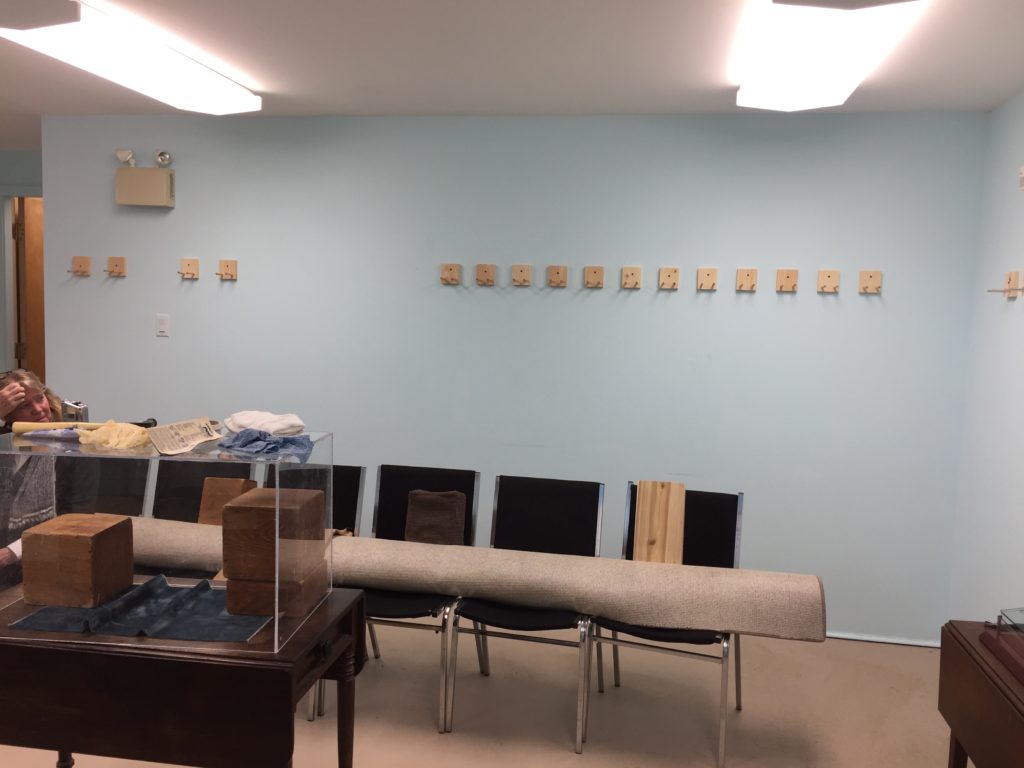
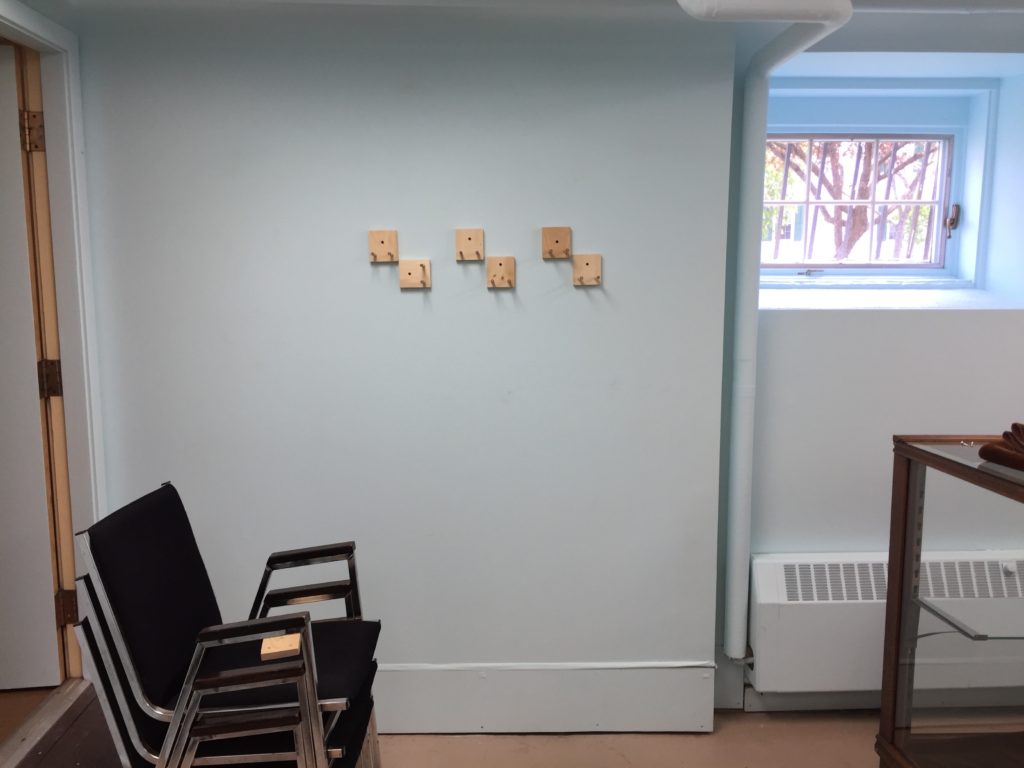
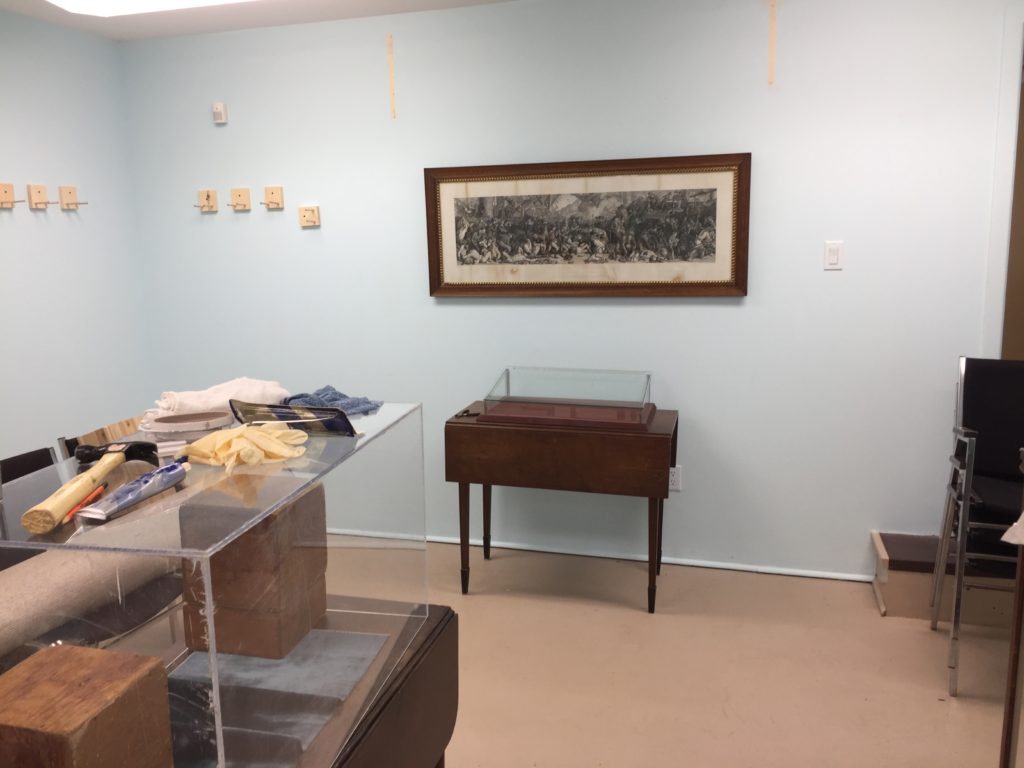
I chose to have one wall dedicated to the evolution of the infantry sword from 1786 to the present day. The next wall examined naval swords.

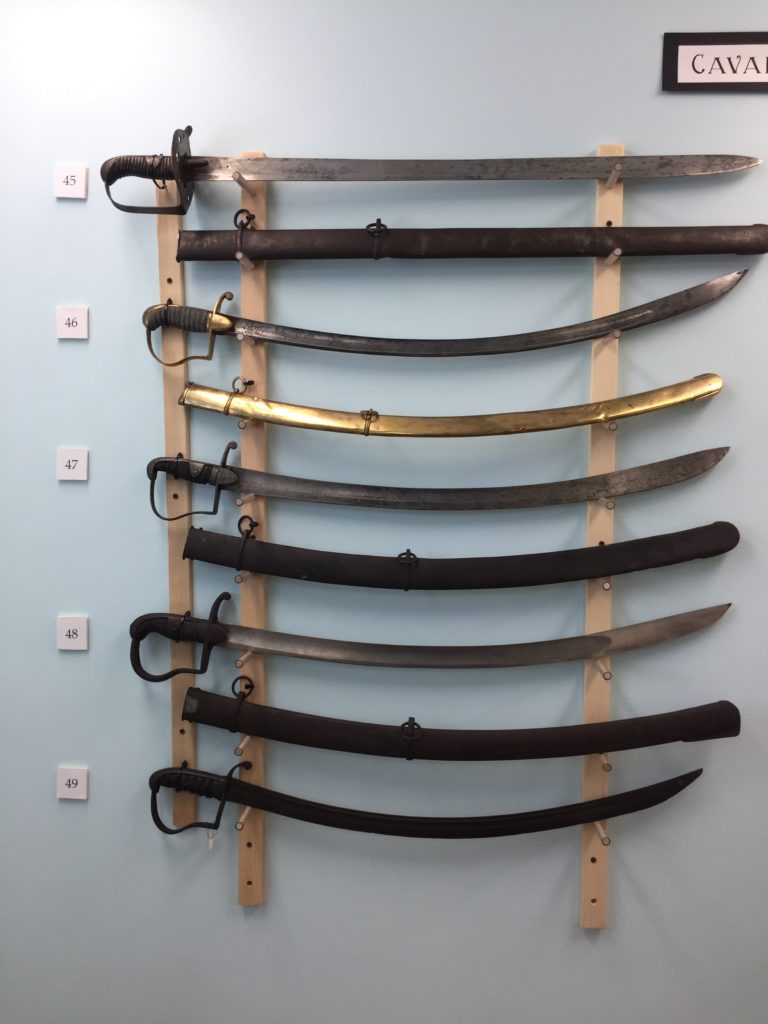
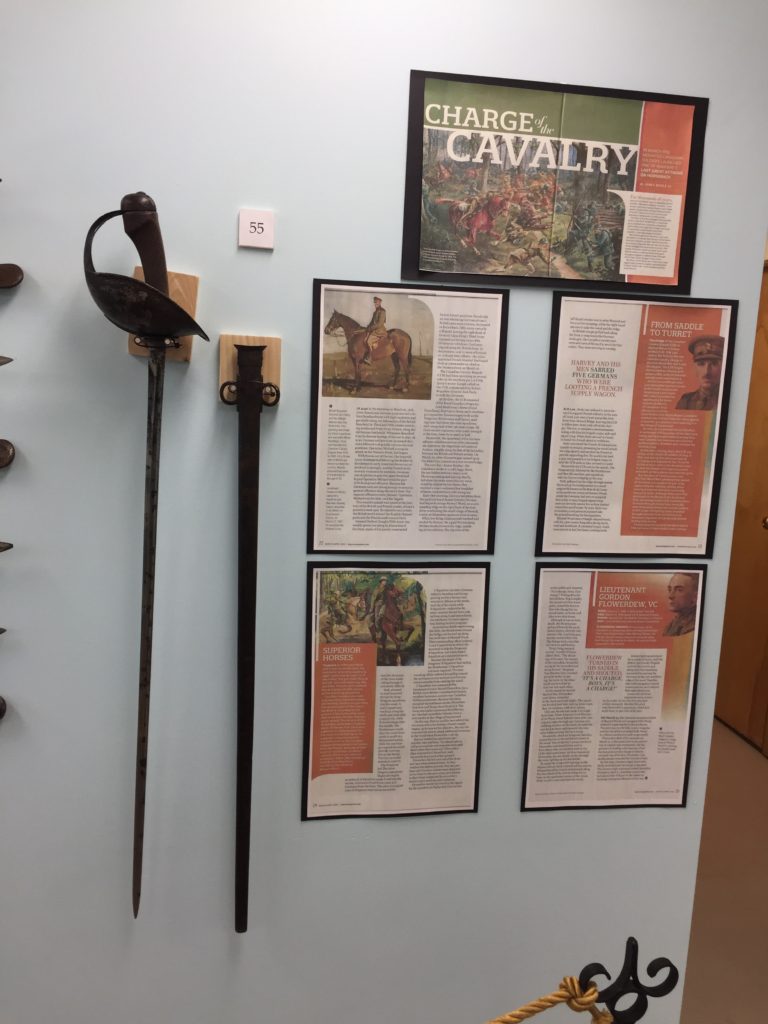
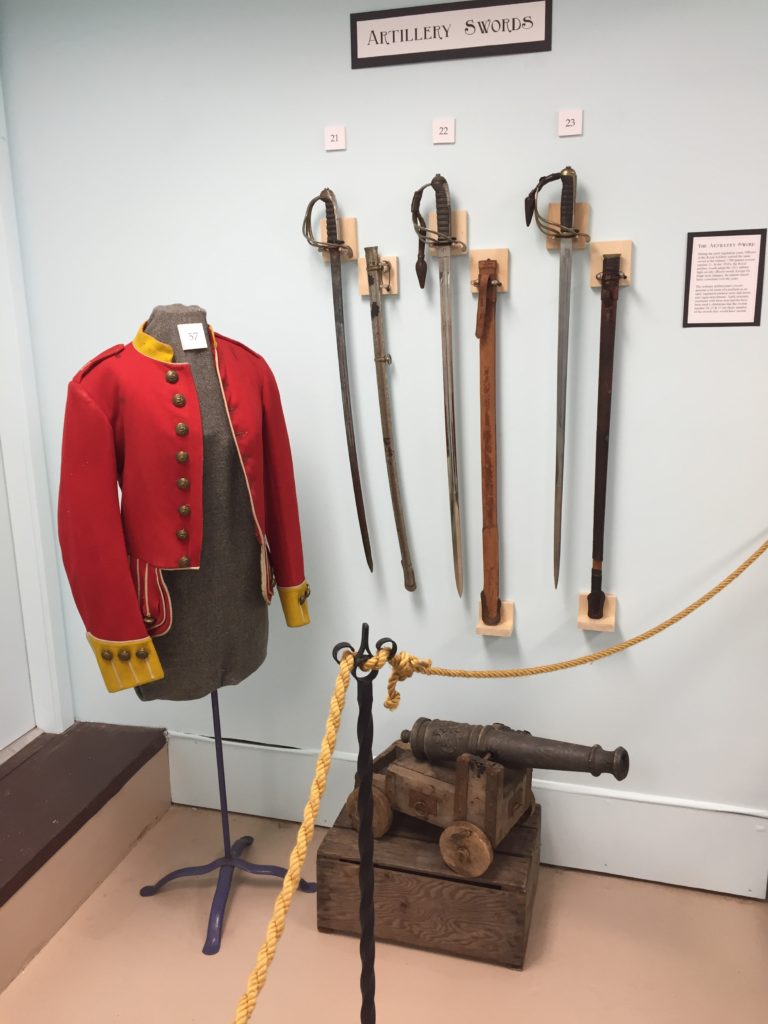
Two other sections of wall were arranged to display examples of artillery and cavalry swords. In the case of cavalry swords, I had enough examples to illustrate their evolution from 1796 to the present day.
We use cookies to improve your experience on our site. By using our site, you consent to cookies. Enjoy the cookies...they're delicious...
Websites store cookies to enhance functionality and personalise your experience. You can manage your preferences, but blocking some cookies may impact site performance and services.
Essential cookies enable basic functions and are necessary for the proper function of the website.
Statistics cookies collect information anonymously. This information helps us understand how visitors use our website.
Google Analytics is a powerful tool that tracks and analyzes website traffic for informed marketing decisions.
Service URL: policies.google.com (opens in a new window)
